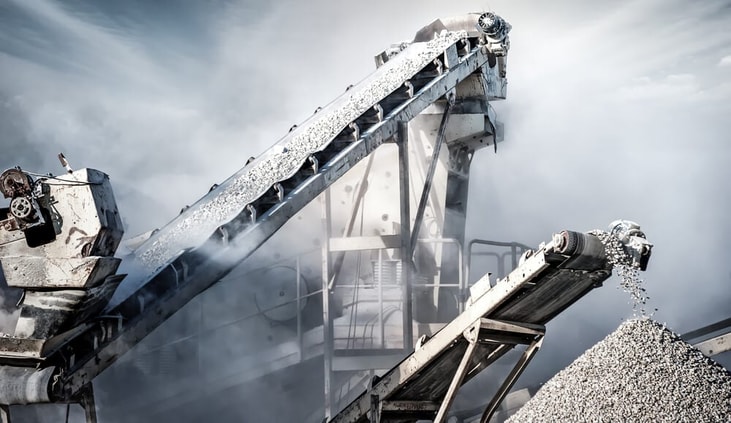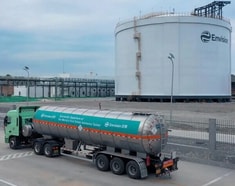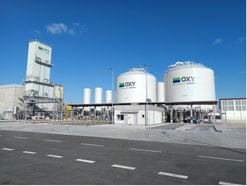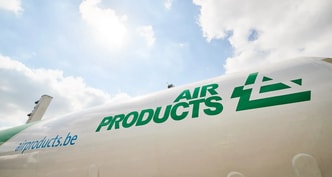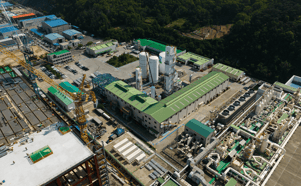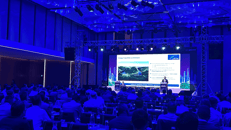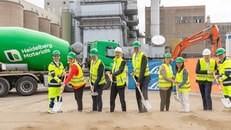Linde and Heidelberg Materials to deploy BASF’s gas treatment solution in large-scale CO2-capture venture
A carbon dioxide (CO2) capture process designed to decarbonise heavy industry will be used for the first time at a large-scale CO2-capture facility operated by Capture-to-Use (CAP2U) – a new joint venture established by cement producer Heidelberg Materials and Linde.
The process, developed by Linde, Heidelberg and BASF is based on BASF’s advanced OASE blue technology – a gas treating solution designed for a range of applications including natural gas, synthesis gas and biogas.
According to BASF, the plant will be the world’s first industrial-scale carbon capture and utilisation (CCU) facility and will capture, purify and liquefy around 70,000 tonnes of CO2 per year.
The CO2 is to be captured from cement production, an industry responsible for around seven percent of global emissions.
... to continue reading you must be subscribed

